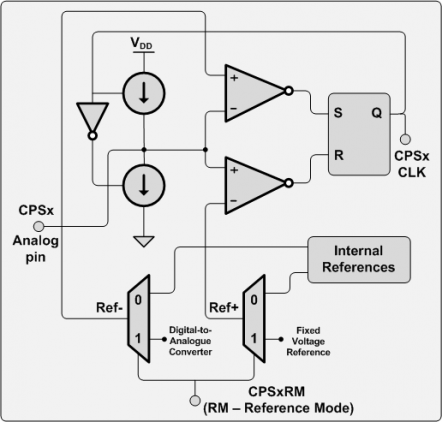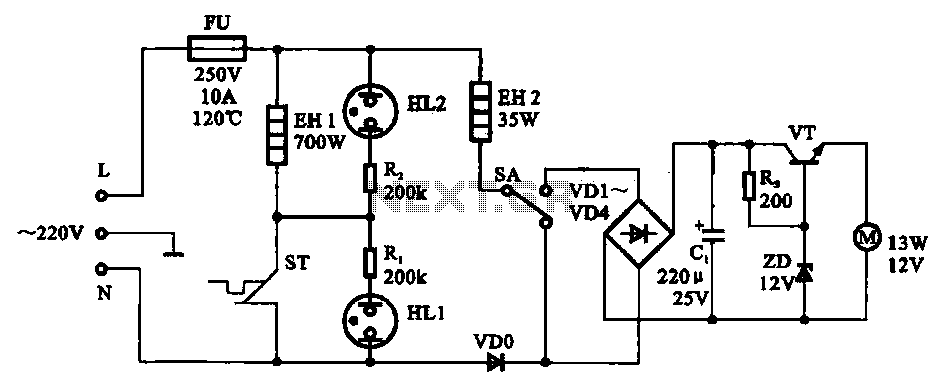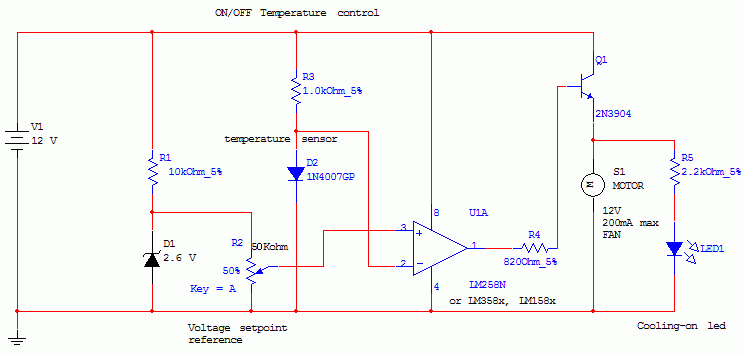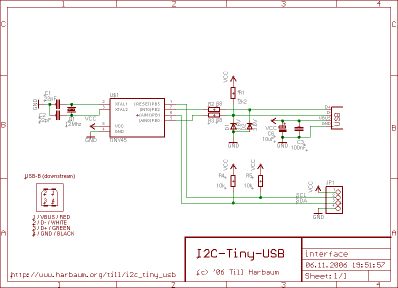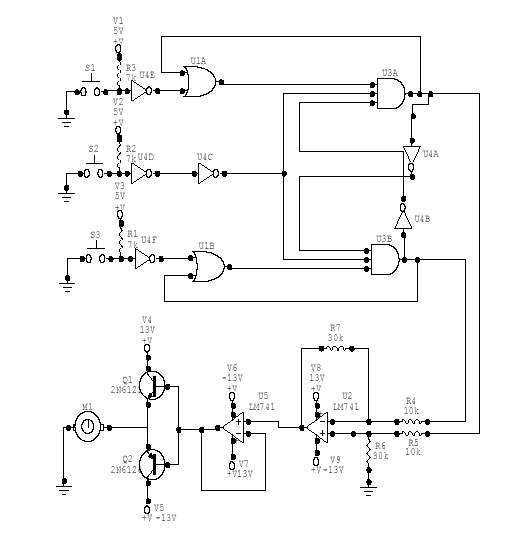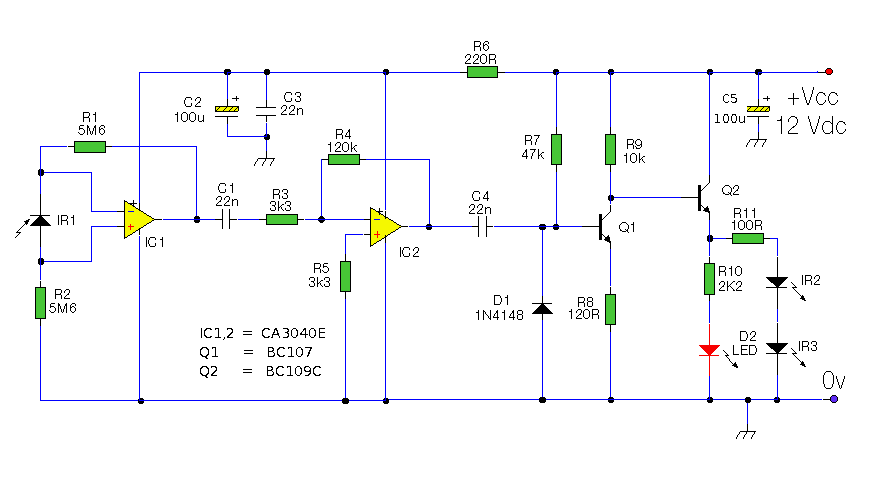
Bass Treble Loudness Tone Control Witha LM1036
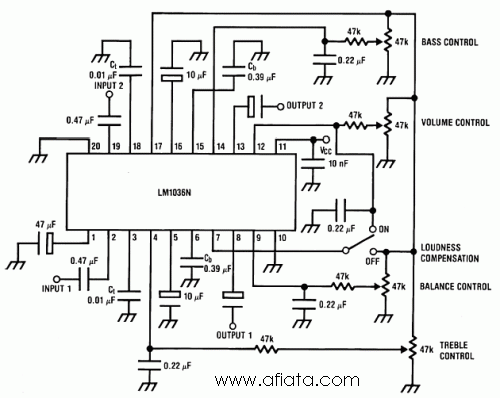
The LM1036 is a DC-controlled tone (bass/treble), volume, and balance circuit designed for stereo applications in car radios, televisions, and audio systems.
The LM1036 integrates several essential audio control functions into a single chip, making it suitable for various audio applications. It provides control over bass and treble adjustments, which allows users to enhance or reduce low and high frequencies according to their preferences. The volume control feature enables the adjustment of sound levels, while the balance control allows for the distribution of audio signals between the left and right channels, ensuring an optimal listening experience.
The circuit operates with a DC voltage control mechanism, which simplifies the interfacing with microcontrollers or other digital control systems. The LM1036 is typically connected to a potentiometer or a digital control interface, allowing for smooth adjustments without the need for complex analog circuitry.
In terms of implementation, the LM1036 requires a minimal number of external components, which may include capacitors for filtering and resistors for setting gain levels. It operates efficiently within a wide voltage range, making it versatile for various power supply configurations. The device is also designed to minimize distortion and noise, ensuring high-quality audio output.
Overall, the LM1036 is a valuable component for modern audio systems, providing essential features in a compact package while maintaining high performance and ease of integration.LM1036 is a DC controlled tone (bass/treble), volume and balance circuit for stereo applications in car radio, TV and audio systems.. 🔗 External reference
The LM1036 integrates several essential audio control functions into a single chip, making it suitable for various audio applications. It provides control over bass and treble adjustments, which allows users to enhance or reduce low and high frequencies according to their preferences. The volume control feature enables the adjustment of sound levels, while the balance control allows for the distribution of audio signals between the left and right channels, ensuring an optimal listening experience.
The circuit operates with a DC voltage control mechanism, which simplifies the interfacing with microcontrollers or other digital control systems. The LM1036 is typically connected to a potentiometer or a digital control interface, allowing for smooth adjustments without the need for complex analog circuitry.
In terms of implementation, the LM1036 requires a minimal number of external components, which may include capacitors for filtering and resistors for setting gain levels. It operates efficiently within a wide voltage range, making it versatile for various power supply configurations. The device is also designed to minimize distortion and noise, ensuring high-quality audio output.
Overall, the LM1036 is a valuable component for modern audio systems, providing essential features in a compact package while maintaining high performance and ease of integration.LM1036 is a DC controlled tone (bass/treble), volume and balance circuit for stereo applications in car radio, TV and audio systems.. 🔗 External reference
